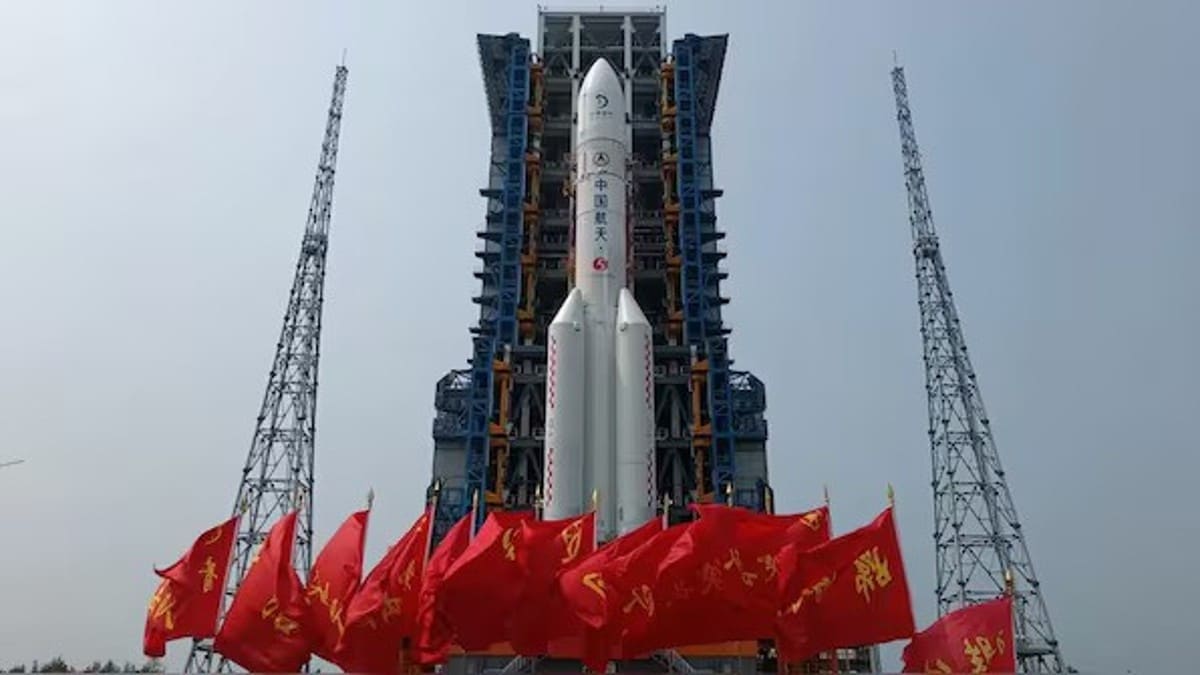On June 25, 2024, lunar samples collected by China’s Chang’e-6 mission from the Moon’s far side were delivered to Earth by a capsule called Returner. There was a live telecast for this landing event aired by CGTN TV . After the landing of this capsule, the cargo was taken to Beijing for analysis.
This is so far the first time in history that scientists would have an opportunity to analyse the rock and soil samples from the far side of the Moon. To date, scientists have analysed all lunar materials collected from the near side of the Moon. These samples were collected during the various manned and unmanned missions to the Moon, which included the Apollo manned missions of the US, three Luna robotic missions launched by the erstwhile USSR, and more recently, the mission undertaken by China, the Chang’e-5 mission.

The return capsule of the Chang’e-5 mission landed on December 16, 2020, in China’s Inner Mongolia Autonomous Region (same landing site as Chang’e-6). It had brought back 1,731 grams of precious lunar dust, which constitutes the fine, dry particles of the Moon’s soil. Lunar dust is the portion of the regolith that is less than 20 μm in size.
The earlier Moon soil sample return mission happened almost 45 years ago, when, during August 1976, the USSR’s Luna 24 brought back 170 grams of lunar dust. These samples, which are now in the custody of China, would also be made available to other scientists for study and further analysis. The first obvious step.
















